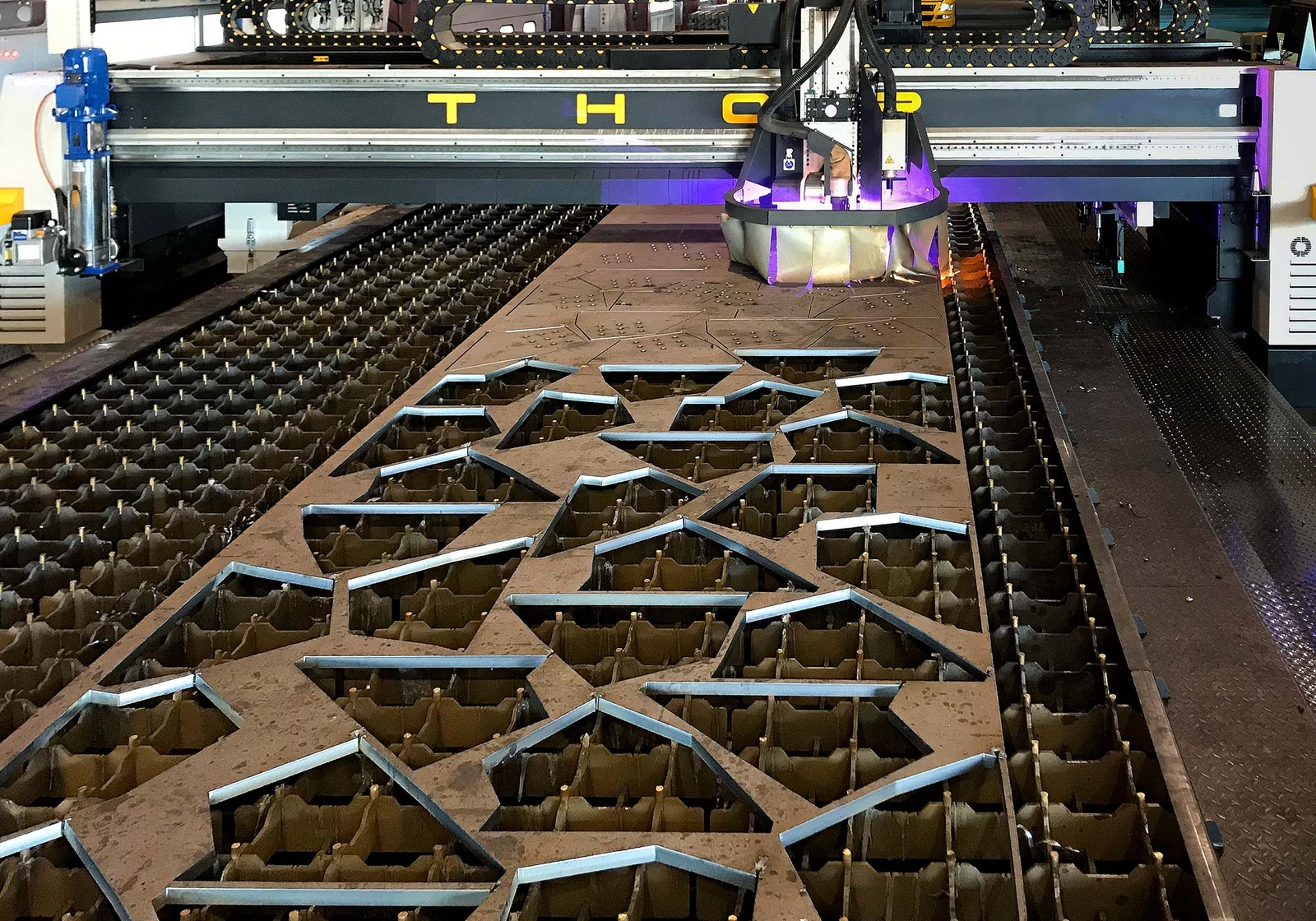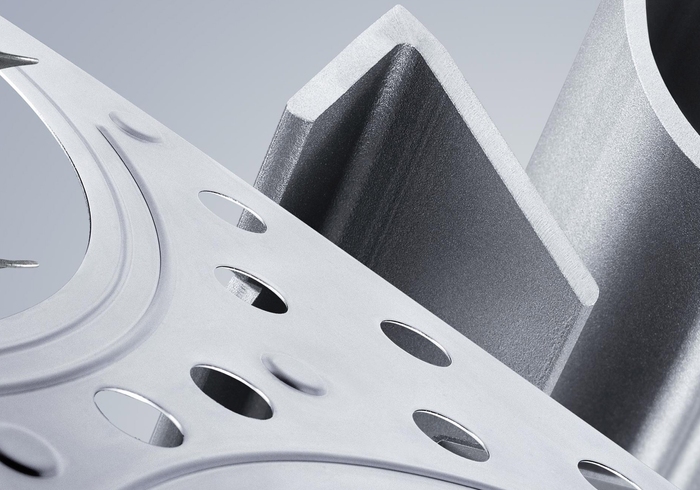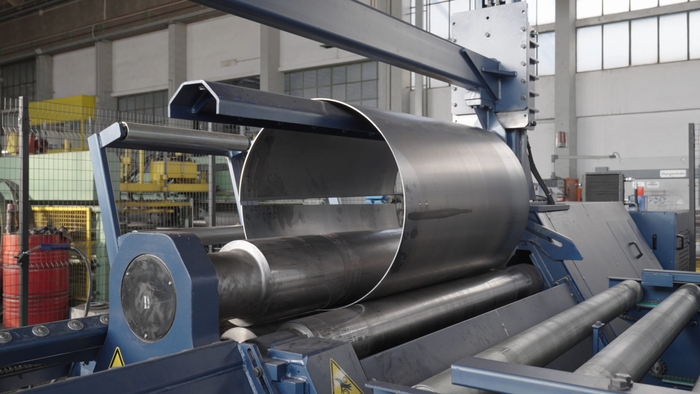Changing manual manufacturing: Operator augmentation with InspecVision’s GAV System
Read how InspecVision’s breakthrough system doesn’t replace workers—it gives them X-ray vision and a photographic memory.
Welcome to Headland Technology Client log in
Whether you’re after a machine, spare part, power tool, or need to book a service call Headland will help you find the right solution in a timely manner.
Fill out the form below and the relevant expert will be in touch with you shortly.
Many machine parts, which are important for repairs and replacement are products of metal fabrication. The importance of metal fabrication cannot be over-emphasised in manufacturing and it plays a large part in manufacturing, often underpinning and supporting sheet metal processing.
In this article learn the difference between metal fabrication and sheet metal fabrication.
Metal fabrication is the construction of metal structures and products predominantly used within the construction, mining and transport industries. It often involves the entire process from cutting, bending, welding and assembly. The difference between metal fabrication and sheet metal manufacturing is the materials used. Metal fabrication often starts from processing basic raw materials, these raw materials are often large and thick including steel, aluminium and copper. The metal products and structures that metal fabricators might produce include metal structures, machinery and parts, and end products.
Sheet metal manufacturing on the other hand is the process of making flat metal sheets into metal products through cutting, punching, folding, welding, and assembly. Sheet metal manufacturing transforms flat metal sheets often thin materials, by laser cutting, punching shapes into the metal or folding the metal into a desired shape. The end product may include furniture, exercise equipment, stairwell railing, balustrades, parts used within off-road vehicles and many more. Many of the TRUMPF machines can perform multiple of these processes in one machine with one set-up.
Metal fabrication involves many processes that include but not limited to, drawing, cutting, bending, and assembly.
The first important process in metal fabrication is drawing. Often manufacturers use applications to express and visualise the desired end-product using specifications and dimensions to then process through the machine.
Cutting is often achieved by sawing, shearing, or laser cutting. In fabrication it can also involve the use of hand-held torches, numerical control cutters, and automated laser cutters.
Bending can be more manual in the fabrication process and can entail the use of hammers and hand tools or more automated through the use of press brakes. In automated bending, such as the TRUMPF bending machines, they automatically position material sheets in order to impress bend lines correctly. The development programming software, such as TRUMPF’s TruTops range, has brought about seamless and efficient programming of the CNC-controlled press brakes.
Assembly within metal fabrication involves joining, welding, and riveting metal pieces and threaded fasteners.
If you are interested in discussing Headland’s wide range of metal fabrication and sheet metal manufacturing machinery covering all the above Enquire Now.
Whether you’re after a machine, spare part, power tool, or need to book a service call Headland will help you find the right solution in a timely manner.
Fill out the form below and the relevant expert will be in touch with you shortly.
Sheet metal fabrication machines from TRUMPF, JFY and Timesavers. Laser cutting, tube lasers, punching machines, press brakes, welding and deburring machines.
High performance metal fabrication machinery range including machinery from TECOI, Timesavers, SOCO and more.




